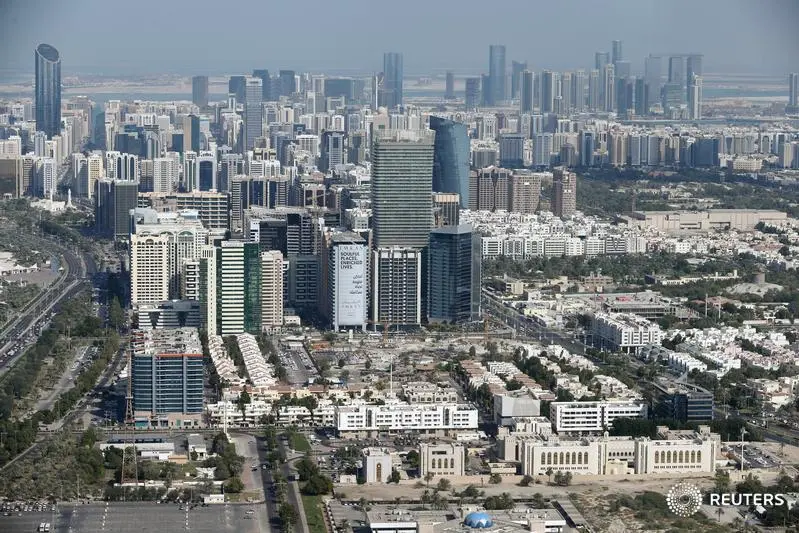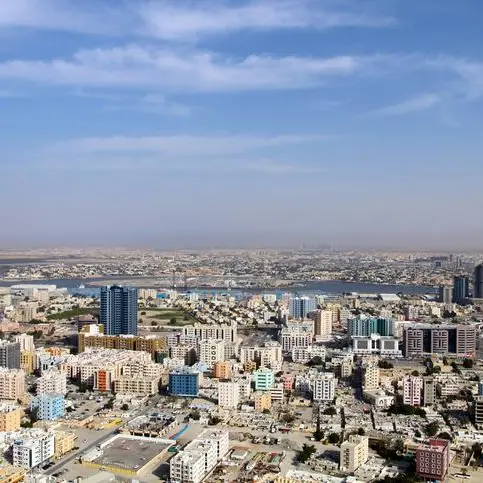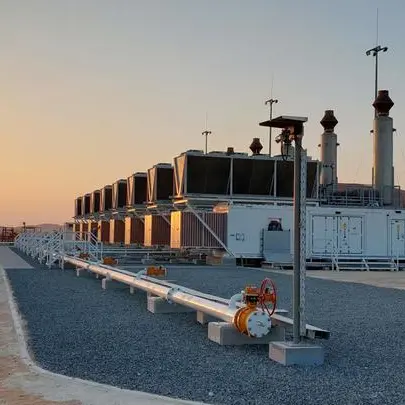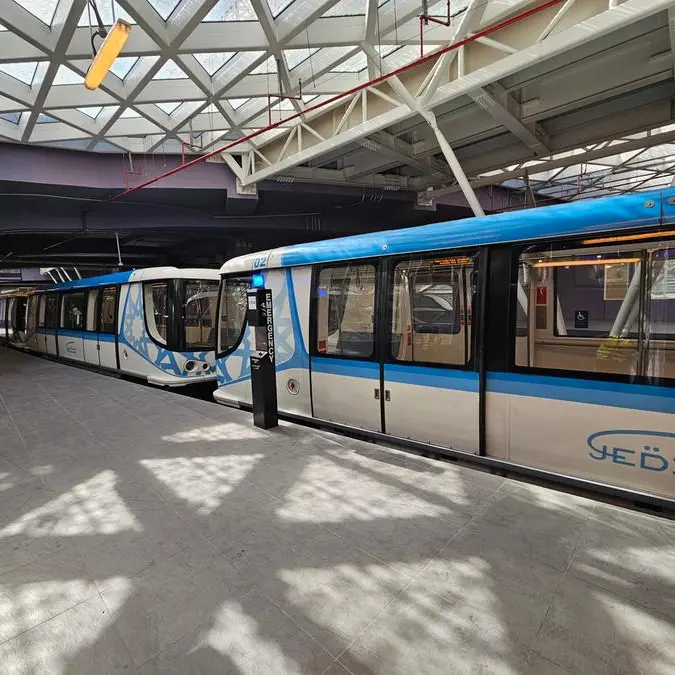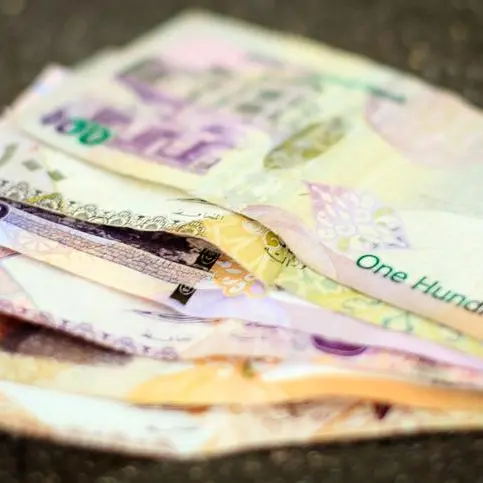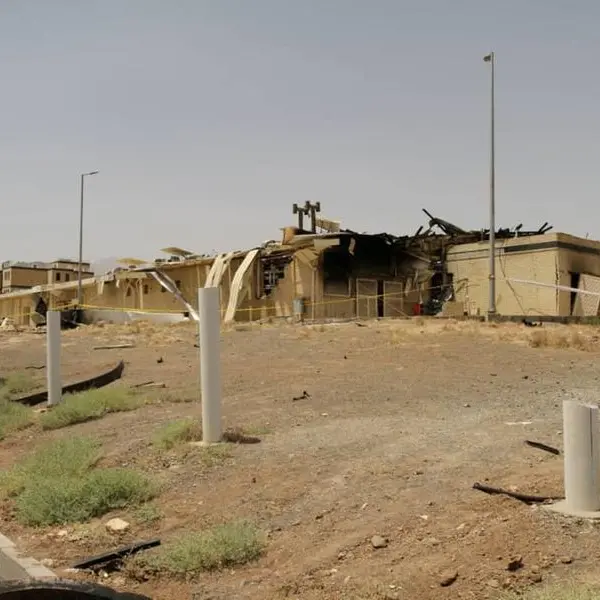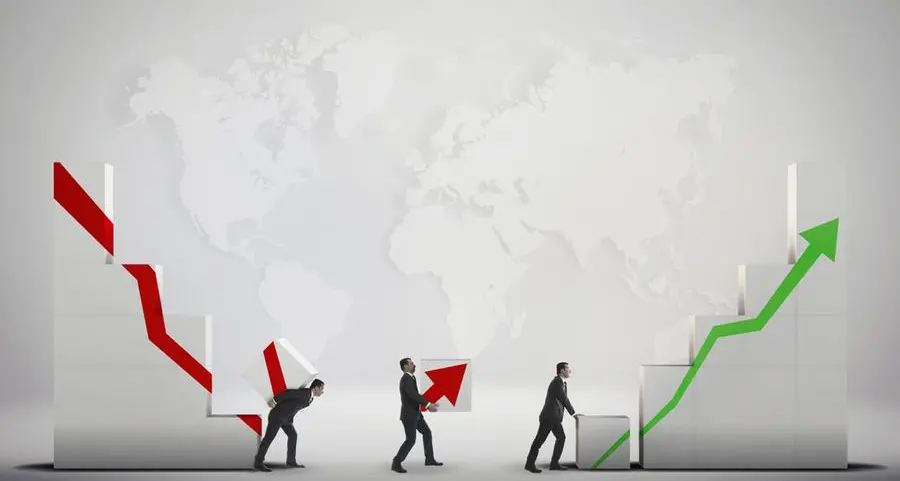PHOTO
The report released recently by the Environment Agency - Abu Dhabi (EAD) showed that the release of harmful gases, mostly carbon dioxide, into the atmosphere had risen by 36.6 per cent between 2010 and 2016, an average rise of more than six per cent per year.
Findings from the report indicate that key greenhouse emissions resulting from human activities, such as carbon dioxide (CO2),methane (CH4),nitrous oxide (N2O) and hydro fluorocarbons (HFCs), were driven by a surge in the demand for water and energy amid rapid economic and population growth in Abu Dhabi.
The results were from the EAD's third Abu Dhabi Greenhouse Gas (GHG) Emissions Inventory, which updates the baseline emission levels for the emirate and refines projections leading up to 2030, comprising data on both direct and indirect emissions from the energy, industrial processes, agriculture, waste, land use and forestry sectors.
The report projected that sustainable development strategies in the emirate will help to achieve significant reduction in emission indicators by 2030.
Dr Thani bin Ahmed Al Zeyoudi, Minister of Climate Change and Environment, said:
"The UAE has embarked on a journey towards a low-carbon, green economy, guided by the UAE Green Growth Strategy that seeks to make economic development in the country more environmentally sustainable.
"Green economy helps improve air quality with the goal of achieving 90 per cent green days annually by 2021, as outlined in the National Agenda of the UAE Vision 2021."
He added: "The Ministry of Climate Change and Environment is currently collaborating with the local authorities to develop a comprehensive inventory map of greenhouse gas sources and concentrations across the UAE with the aim of identifying emission hotspots and supporting mitigation actions."
Patricia Espinosa, executive secretary of the United Nations Framework Convention on Climate Change (UNFCCC), said: "Greenhouse gas inventory information is a key component of the convention and the Paris Agreement. These inventories are critical when it comes to making domestic policy decisions. They're also critical when it comes to ensuring transparency of information exchange amongst parties. This builds trust and confidence in the climate process itself."
Sheikha Al Hosani, executive director of the Environment Quality Sector at the EAD, said: "Abu Dhabi is in a region that is highly vulnerable to the effects of climate change. So, to tackle harmful greenhouse gas emissions, we need to keep adopting a concentrated and coordinated cross-sectoral approach."
Copyright © 2019 Khaleej Times. All Rights Reserved. Provided by SyndiGate Media Inc. (Syndigate.info).
